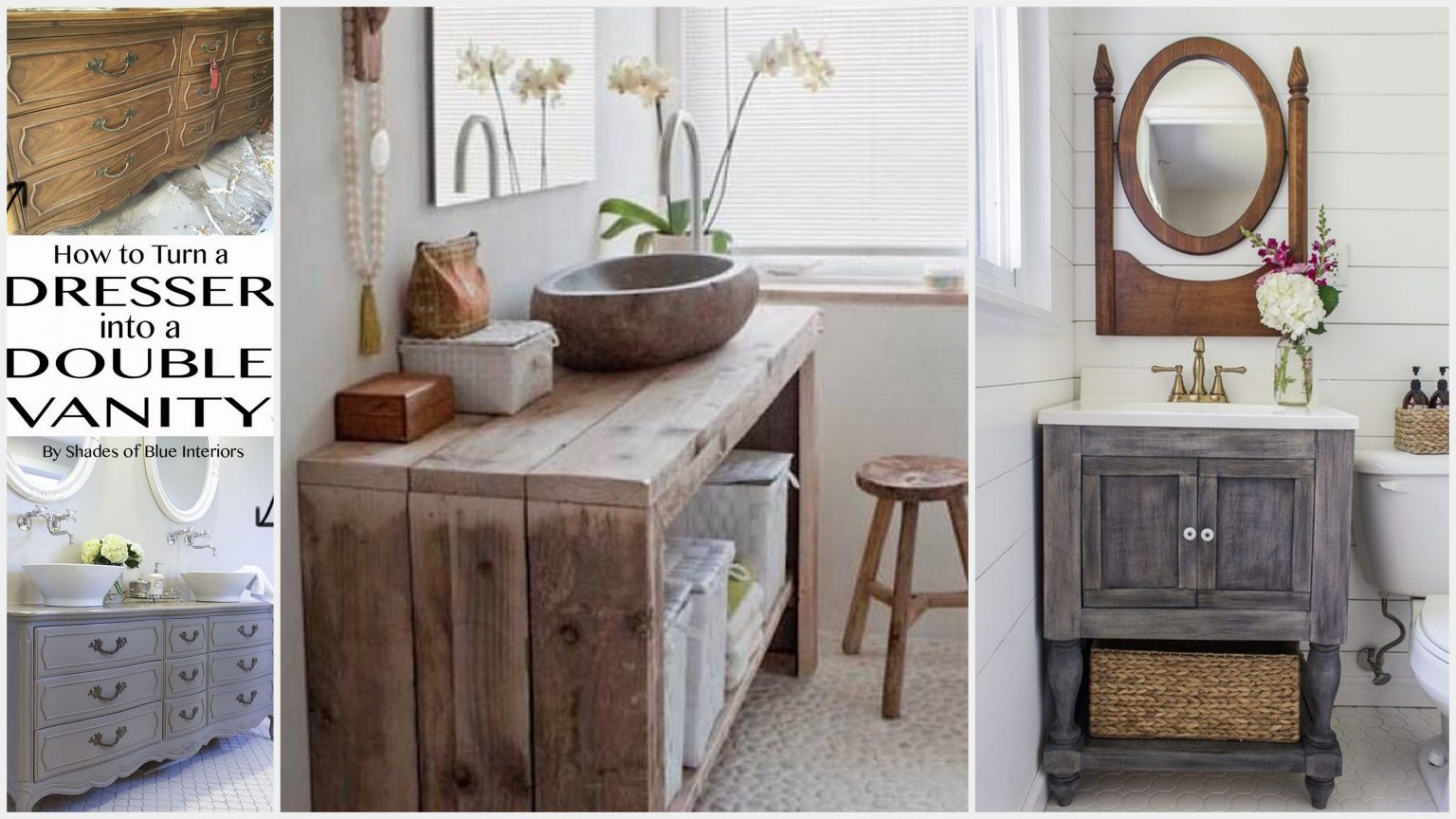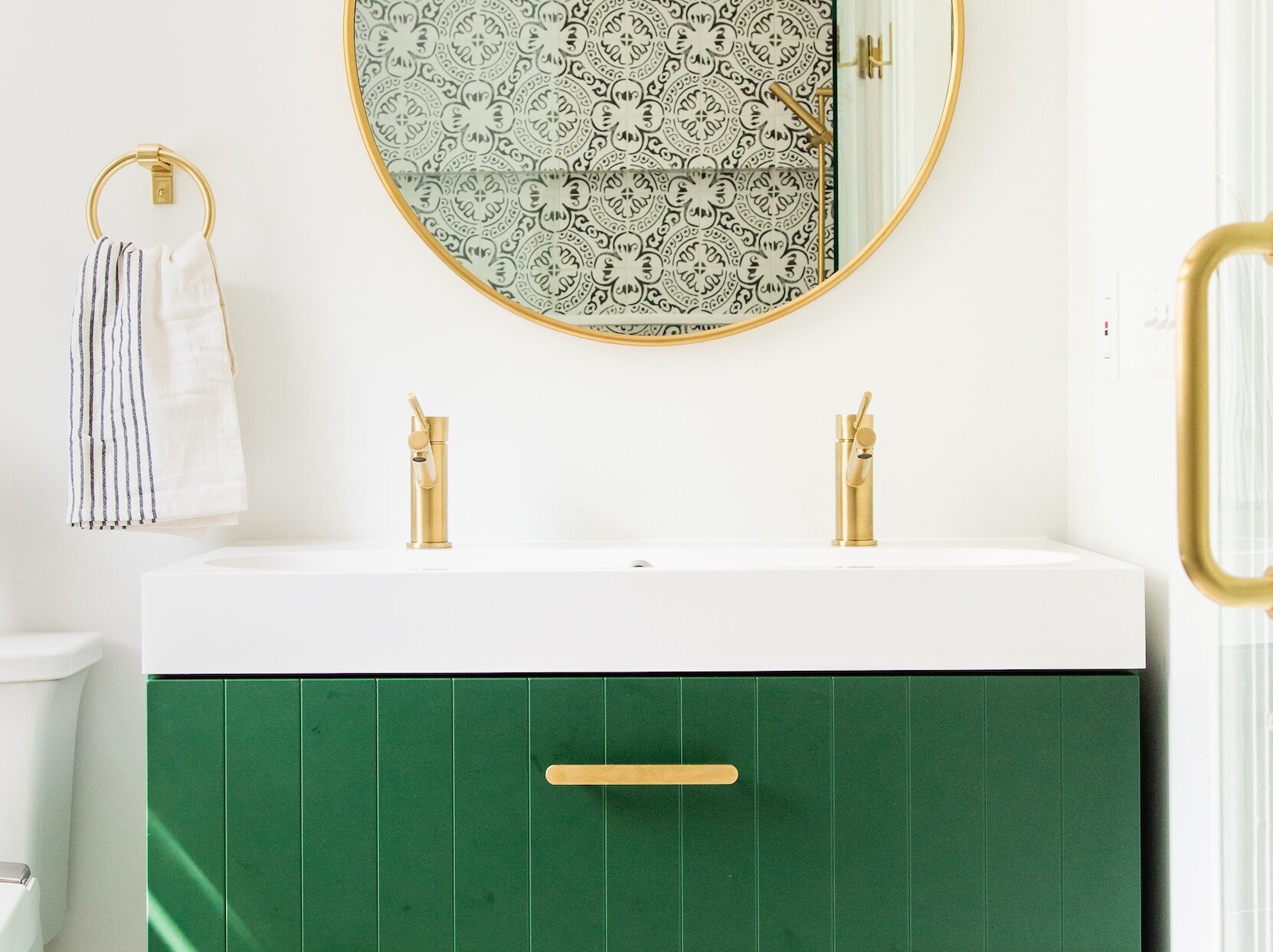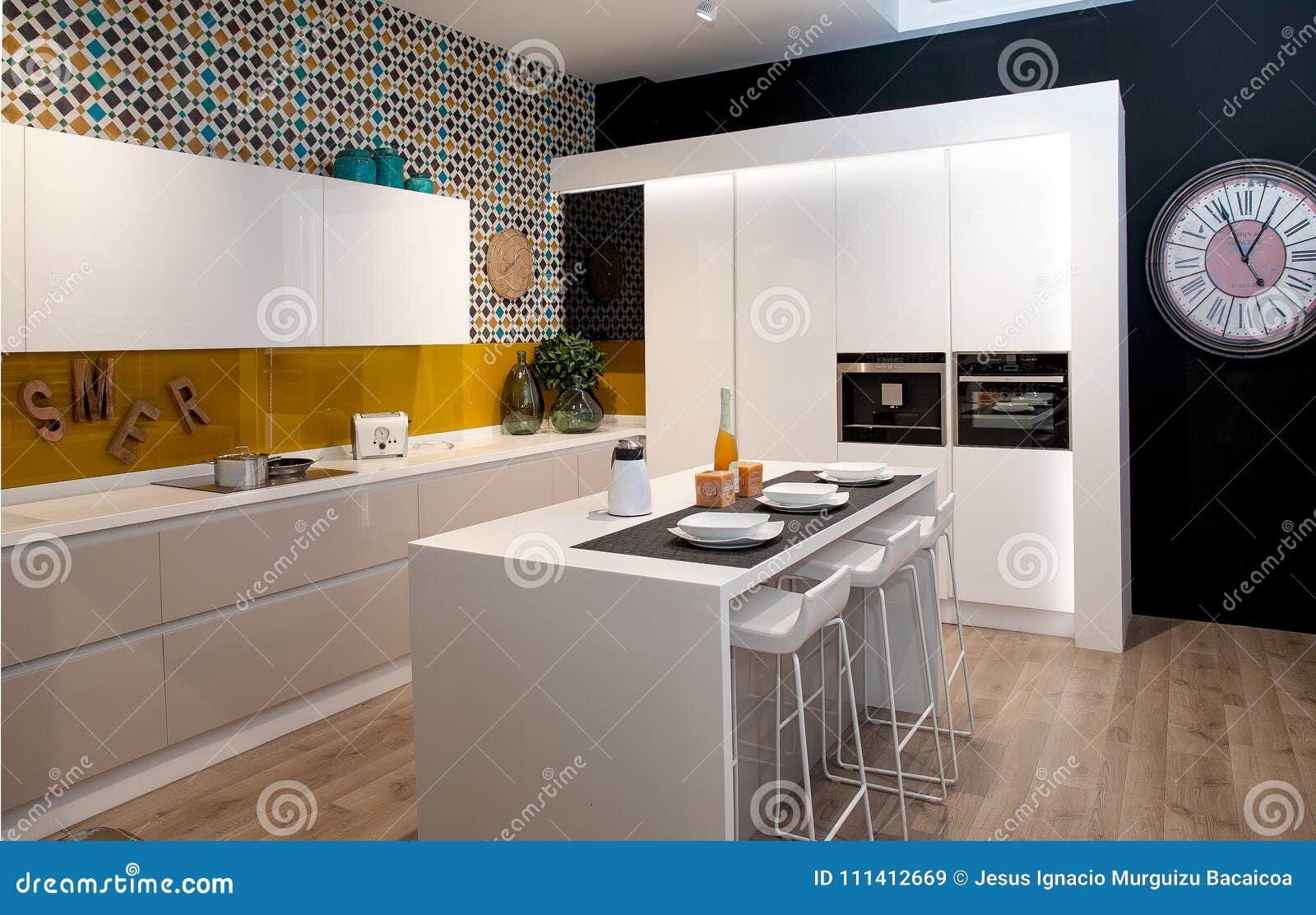Passive House Design offers excellent air tightness and thermal insulation to reduce the need for energy in a home. This type of house design features a super-insulated envelope to shield against cold winter temperatures and the hot summer sun. Air exchange is regulated with a heat recovery ventilation system to maximize indoor air quality and provide year-round comfort. This type of design works well in colder climates where the energy use is higher for repeat heating and cooling. Passive House Design
Green House Design follows the principles of sustainability and is designed to reduce the use of energy and resources in the home. This is done by using earth-friendly building materials, such as bamboo flooring, recycled insulation, and low-flow toilets and showers. Other features include using renewable energy sources, such as solar and wind power, or green roof options that use plant material to naturally warm the home. Green House Design
Sustainable House Design is all about creating an energy efficient home that is in balance with its environment. Design features such as natural lighting, rainwater collection, and solar orientation are incorporated into the home. Energy conservation is achieved with highly insulated structures, efficient heating and cooling systems, and low-flow plumbing fixtures. Sustainable design includes sourcing ecologically-responsible material, such as recycled and reusable products, and utilizing passive aeration strategies. Sustainable House Design
Net-Zero House Design is a type of sustainable house design that has the goal of producing enough energy to meet all of its own energy needs. This is achieved by a combination of energy generating systems, such as photovoltaic panels, and energy star-rated appliances. A net-zero house doesn't require any energy from the grid, instead relying on renewable energy sources from the home itself. Net-Zero House Design
Green Roof House Design is a sustainable house design that uses vegetation on the roof of the home. The vegetation helps to cool the home in the summer months and insulate the home in the winter months. It also absorbs rainwater and runoff, thereby reducing flood risks. This type of design works well in urban areas where it can offset the heat island effect created by nearby buildings. Green Roof House Design
Eco-Friendly House Design combines sustainable and energy-efficient principles to create a comfortable home with minimal environmental impact. This type of design often utilizes green building materials, such as recycled insulation, non-toxic paint, and sustainably harvested lumber. It may also include energy saving features, such as an on-site solar array, or rainwater collection and reuse systems. Eco-Friendly House Design
Off-Grid House Design completely disconnects the home from the traditional power grid. Instead, the home is powered by clean, renewable energy sources such as sun, wind, and water. This type of house design is perfect for remote or rural locations, where access to the traditional power grid may be limited or unavailable. The systems used to generate energy, as well as the appliances used in the home, must also be efficient and designed for off-grid living. Off-Grid House Design
LEED House Design is a type of sustainable house design which utilizes the principles of the LEED (Leadership in Energy and Environmental Design) rating system. It strives to reduce the overall environmental impact of the home with sustainable principles, such as utilizing green building materials, energy efficiency, water conservation, and waste management. The rating system requires an assessment of the home’s design, construction, and operation, and the home must meet certain criteria in each of those areas. LEED House Design
Rainwater Harvesting House Design integrates systems into the home to capture, store, and reuse rainwater. This water can then be diverted for a variety of uses including irrigation, flushing toilets, and washing clothes. Rainwater harvesting systems are more efficient for these tasks than using treated water from the municipality, as they require no energy to run. This type of house design requires a large enough collection area, as well as proper filtration and storage methods. Rainwater Harvesting House Design
Solar Powered House Design utilizes photovoltaic panels to convert solar energy into electricity to power the home. This type of house design is the ultimate off-grid solution, as it can provide enough electricity to meet all the home’s energy needs from the sun alone. It requires an ample area to house the photovoltaic system, and the electricity generated must be stored in a battery bank for later use. Solar Powered House Design
Micro House Design is a type of house design that focuses on the efficient use of limited space. It includes features such as multi-purpose furniture, modular designs, and creative storage solutions. This type of design utilizes sustainable principles, such as natural lighting, efficient energy usage, and energy-saving appliances. By utilizing every inch of space, micro house designs maximize the use of a small footprint while providing a comfortable living space. Micro House Design
Eco-Friendly Small House Design
 Living a sustainable and eco-friendly lifestyle has become increasingly important in today's society, and small house design is a great way to make your impact on the environment as minimal as possible. Eco-friendly small house design focuses on making the most out of the limited space available and creating a home environment that's both comfortable and energy-efficient.
Living a sustainable and eco-friendly lifestyle has become increasingly important in today's society, and small house design is a great way to make your impact on the environment as minimal as possible. Eco-friendly small house design focuses on making the most out of the limited space available and creating a home environment that's both comfortable and energy-efficient.
Starting with the basics
 One of the
most important elements
of eco-friendly small house design is insulation. A well-insulated small house will keep your home warm in the wintertime and cool in summer, saving energy, and thus money, in the long-run. Another key element is windows. Windows that are correctly positioned will
maximize natural light and ventilation
throughout the house, creating a more energy-efficient atmosphere.
One of the
most important elements
of eco-friendly small house design is insulation. A well-insulated small house will keep your home warm in the wintertime and cool in summer, saving energy, and thus money, in the long-run. Another key element is windows. Windows that are correctly positioned will
maximize natural light and ventilation
throughout the house, creating a more energy-efficient atmosphere.
Sustainable materials
 In addition to the basics of insulation and window placement, it's important to consider what materials are used in the construction of your small home. Sustainable materials, such as bamboo, straw bale, and recycled metal are great alternatives to more common building materials, such as concrete and wood. Additionally, choosing to use certified wood can help protect forests from excessive logging and encourage landowners to look for sustainable alternatives to conventional forestry practices.
In addition to the basics of insulation and window placement, it's important to consider what materials are used in the construction of your small home. Sustainable materials, such as bamboo, straw bale, and recycled metal are great alternatives to more common building materials, such as concrete and wood. Additionally, choosing to use certified wood can help protect forests from excessive logging and encourage landowners to look for sustainable alternatives to conventional forestry practices.
Creating an eco-friendly small house
 Eco-friendly small house design doesn't have to be difficult, it simply requires a bit of knowledge and effort. With a little thought, you can create a small home that not only maximizes energy efficiency, but also looks great! From insulated walls and eco-friendly materials to natural light and ventilation, you can create the perfect eco-friendly small house for your needs.
Eco-friendly small house design doesn't have to be difficult, it simply requires a bit of knowledge and effort. With a little thought, you can create a small home that not only maximizes energy efficiency, but also looks great! From insulated walls and eco-friendly materials to natural light and ventilation, you can create the perfect eco-friendly small house for your needs.




































































































































:max_bytes(150000):strip_icc()/DesignWorks-0de9c744887641aea39f0a5f31a47dce.jpg)


